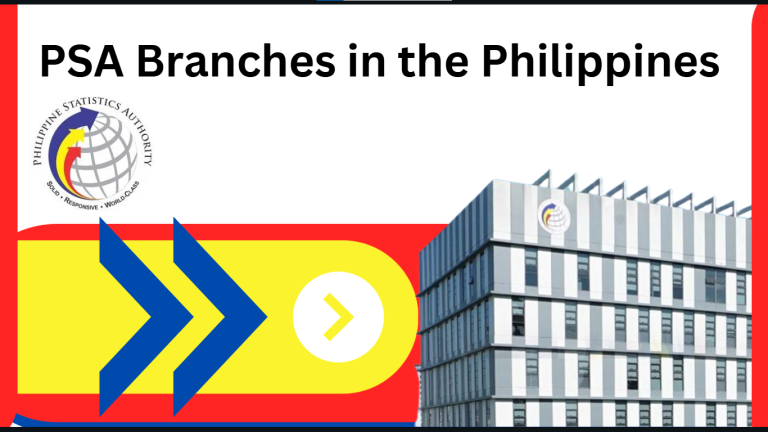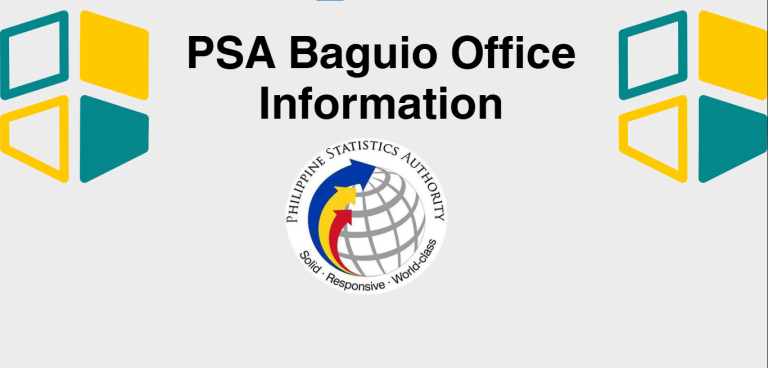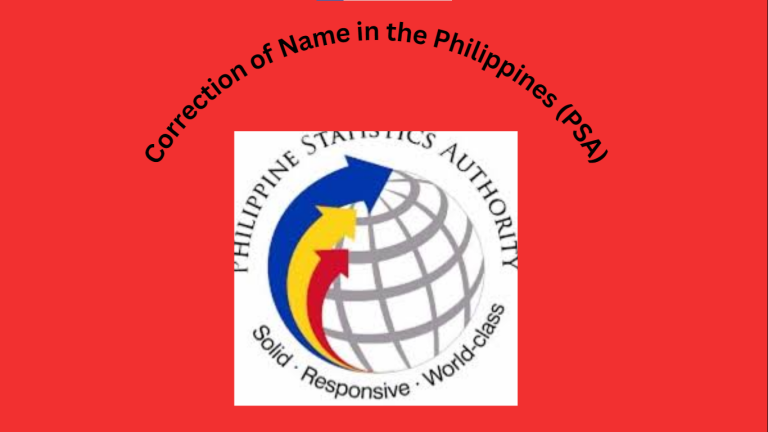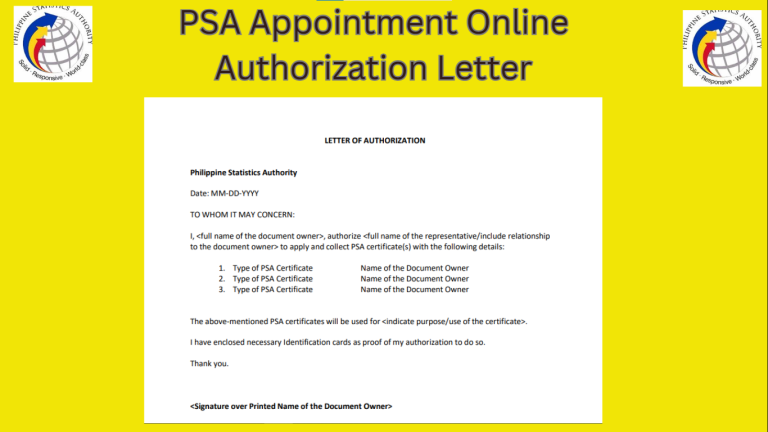Inflation Impacts the Poorest 30% of Filipino (Household)
Inflation impacts everyone but hits the poorest households hardest, especially the bottom 30% in the Philippines. This article explores inflation trends, why low-income groups are most vulnerable, and how to ease their economic struggles. What does this mean for Filipino families?
Why Focus on the Bottom 30%?
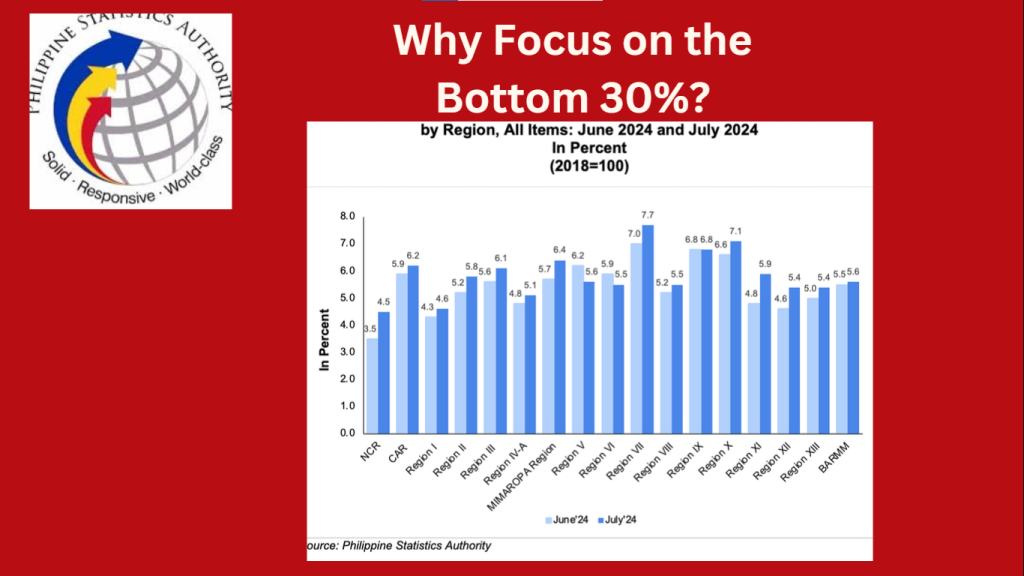
Most of these members of the bottom 30% of income households come from wealth-poor families in the Philippines: farmers, fisherfolk, informal workers, and minimum-wage earners; These families devote a large share of their income to basic needs such as food, transportation and utilities.
When prices go up, their meager budgets are strained further, and often force many of them deeper into poverty.
Inflation Trends for Low-Income Households
The inflation rates for the bottom 30% are often above average. That is because they spend more on basic goods, which tend to see steeper price increases. Here’s a school by school accounting of recent trends:
| Year | National Inflation Rate | Inflation Rate for Bottom 30% | Key Drivers |
| 2021 | 3.9% | 4.5% | Rising food prices, transport costs |
| 2022 | 5.8% | 6.5% | Russia-Ukraine war, fuel price hikes |
| 2023 | 6.1% (as of Q3) | 7.0% | Typhoons, El Niño, global economic slowdown |
Schedule your PSA appointment quickly and easily! Click here to book now.
Key Factors Driving Inflation for Low-Income Families
The Impact of Inflation on Low-Income Households
Government Programs to Support Low-Income Families
The Philippine government has instituted various programs to cushion the effects of inflation on its poorest households:
Offers emergency cash assistance for crises such as the COVID-19 pandemic.
How Low-Income Families Can Cope with Inflation
FAQs
Conclusion
Inflation gnaws at the bottom 30% of income households in the Philippines. The government has introduced measures to help the general population cope with rises in expenses, but deeper analysis of inflation drivers and a broader range of policies are needed for sustainable relief. It is only through understanding that we can work together and get to know the real struggles of low-income families and adopting policies that herald inclusive growth in the economy of the Philippines.

